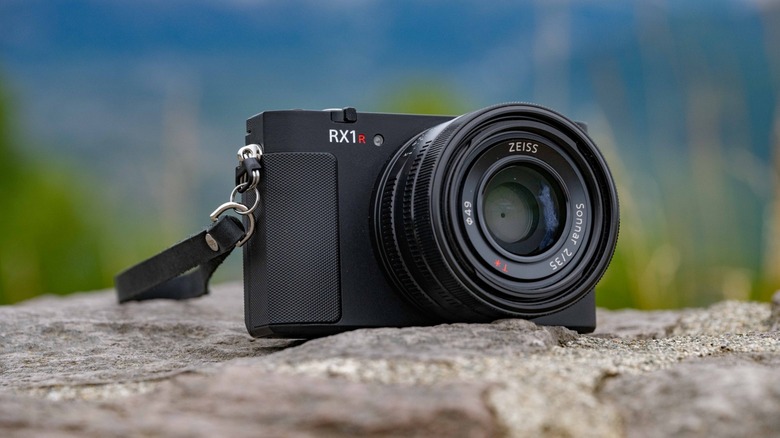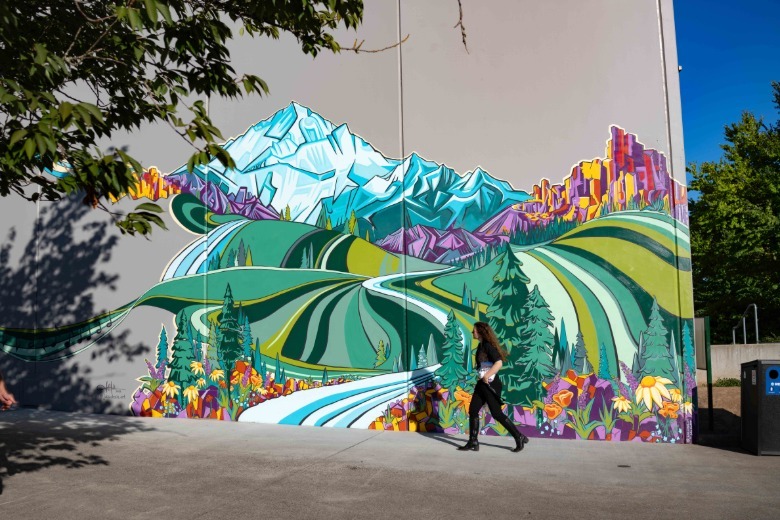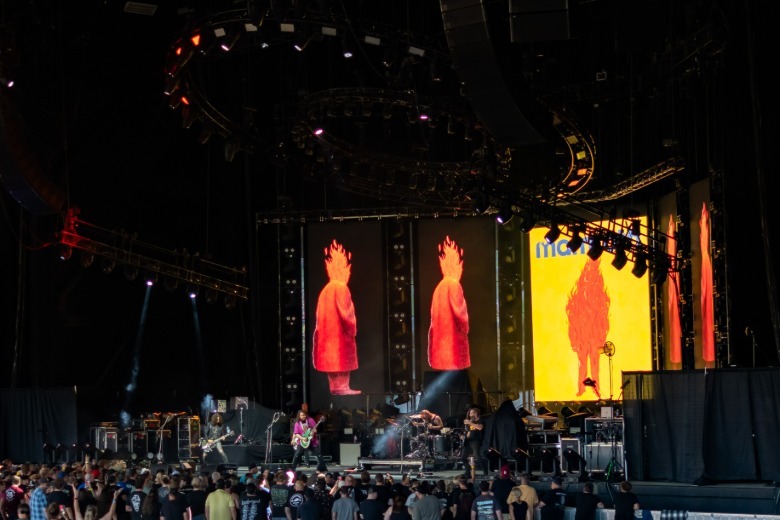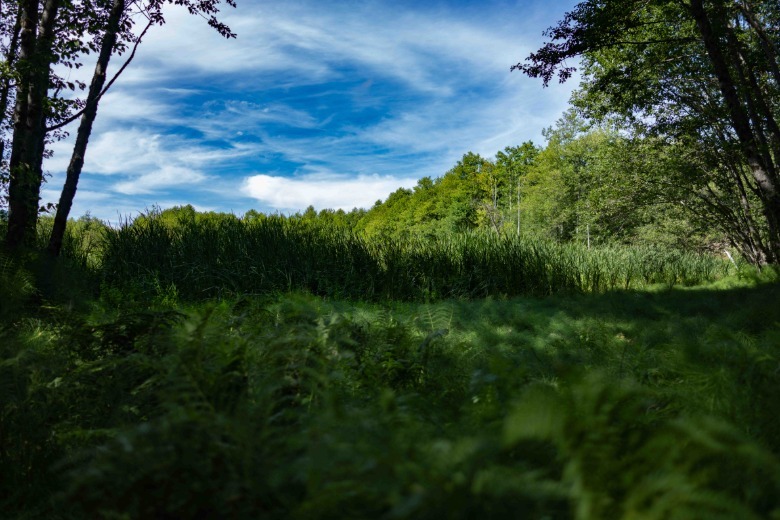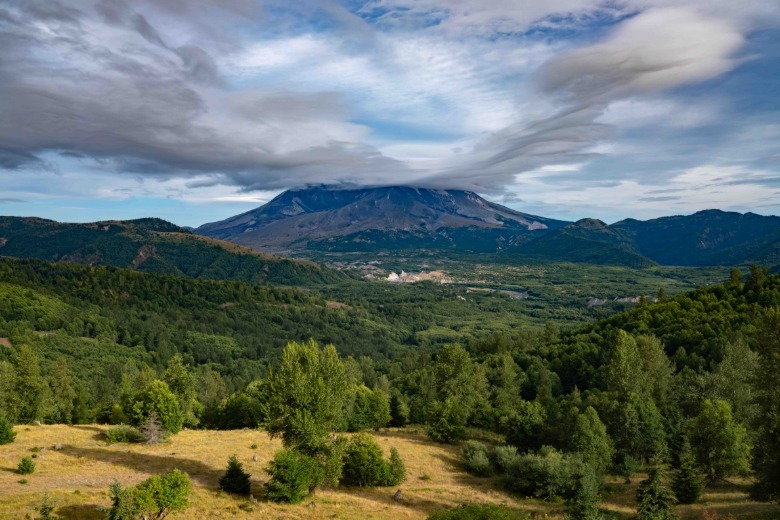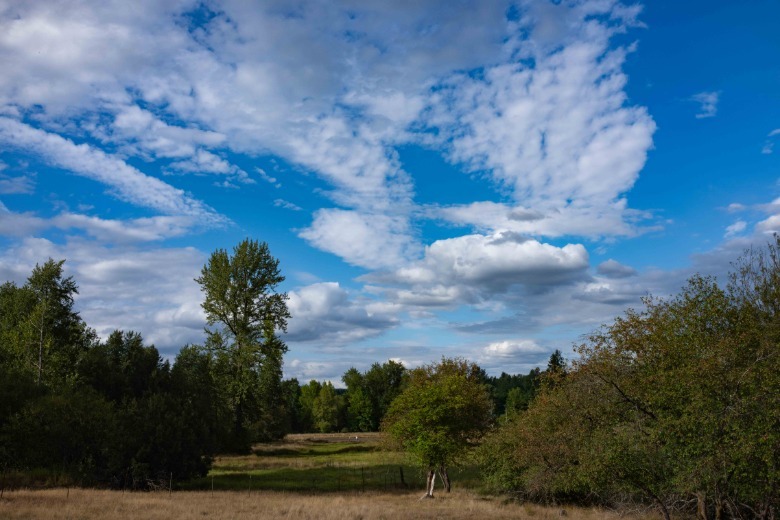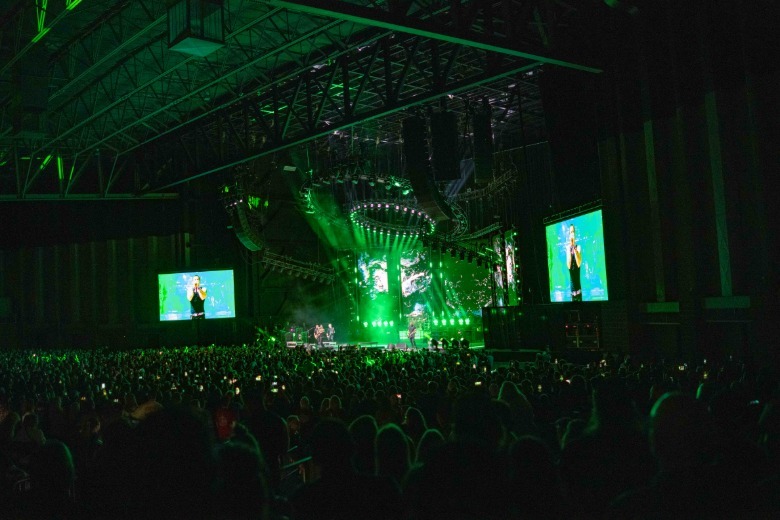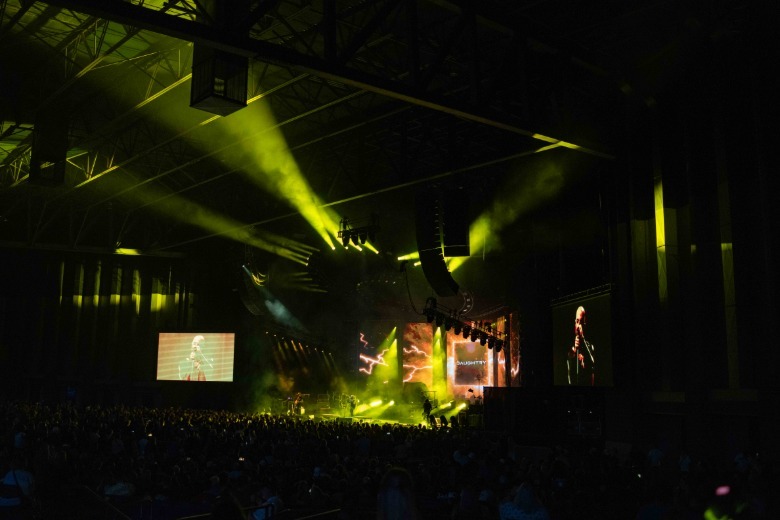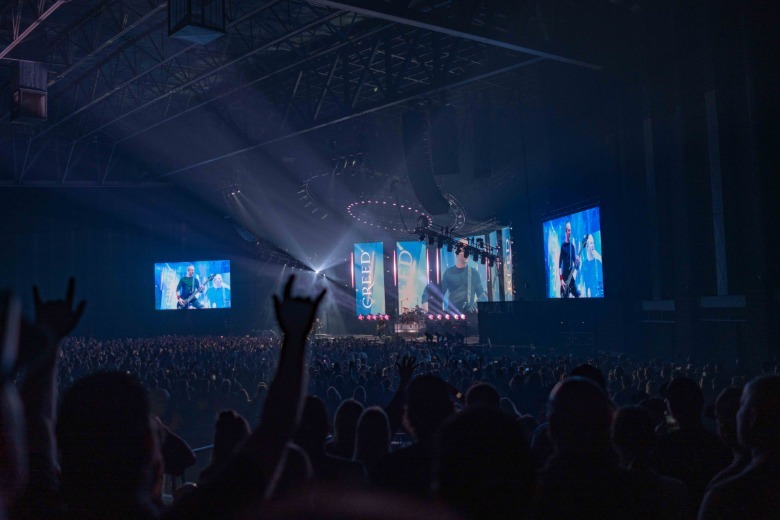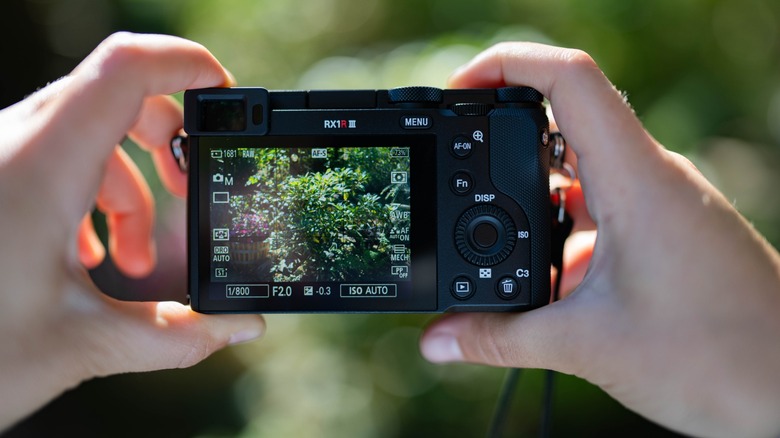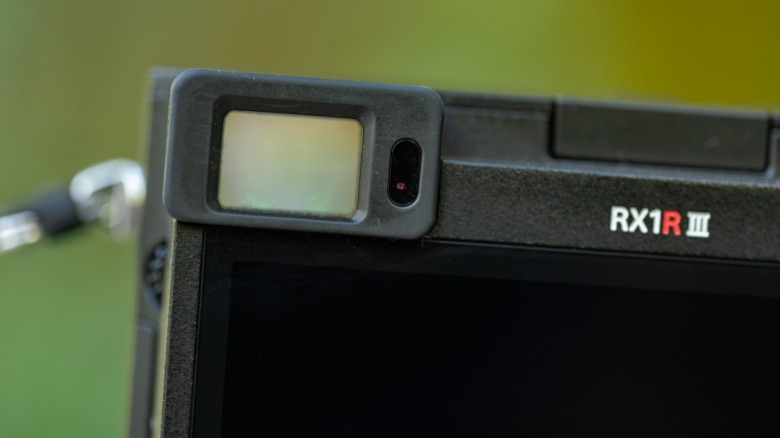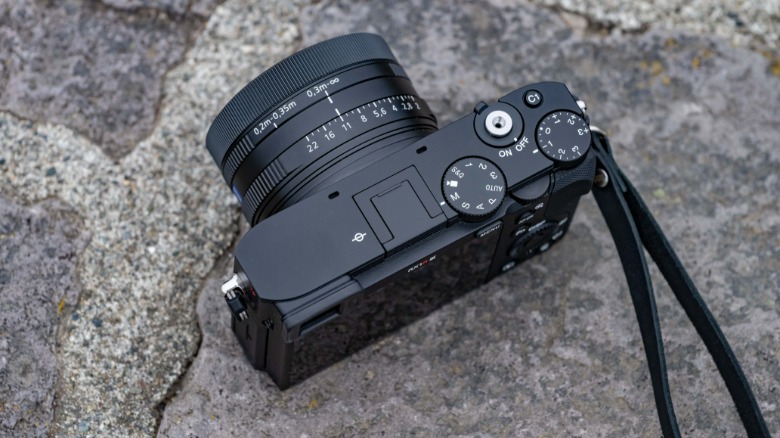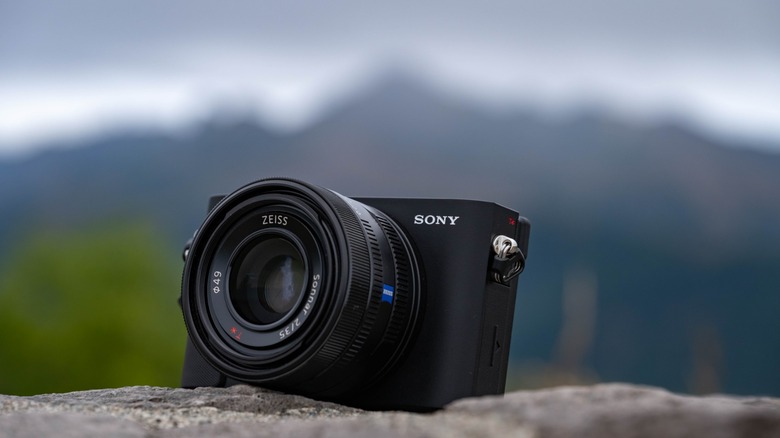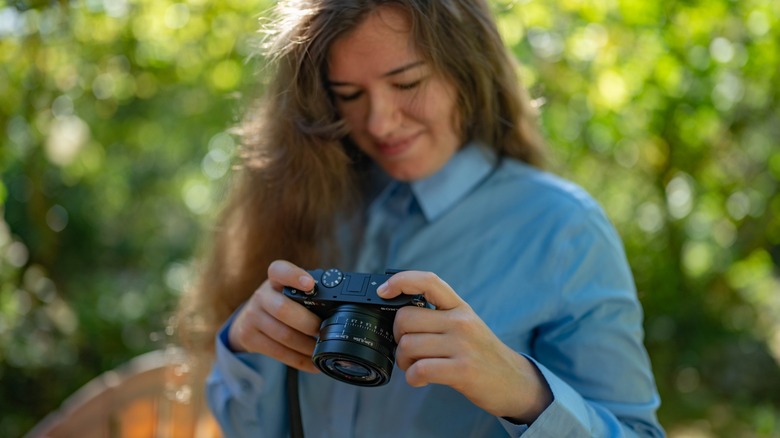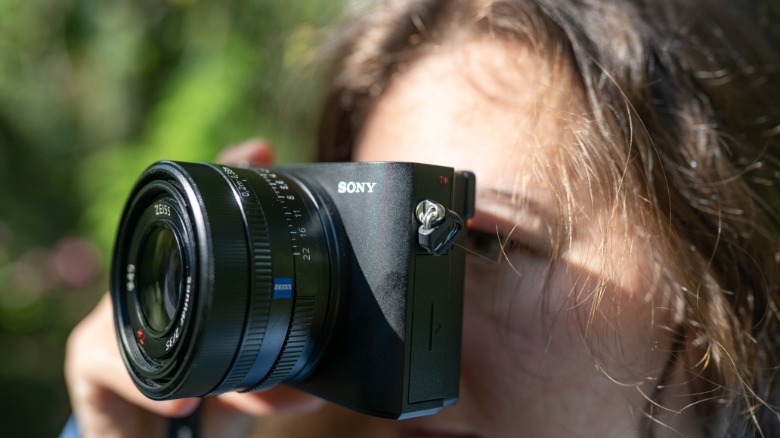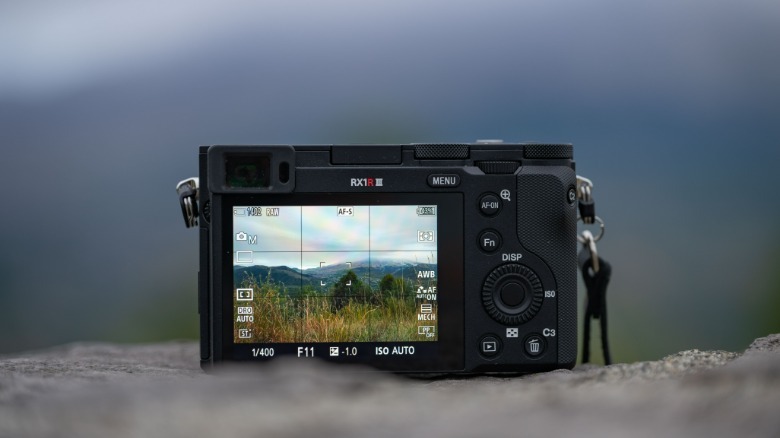The Sony RX1R III's Best Trick Is Hiding Pro-Level Photos In A Compact Camera
We may receive a commission on purchases made from links.
The Sony RX1R iii is the long anticipated third entry in a line of cameras which are designed to achieve uncompromising pro-level performance in a camera which might easily be mistaken for a simple point-and-shoot. All I needed to see to get excited for the RX1R iii is that it has a 61MP full frame sensor in a fixed lens body that's nearly small enough to fit in a large coat pocket (not that you'd want to carry it in such a way!)
On the surface, with its significant upgrades over the previous generation, the RX1R iii is seriously compelling. However, this thing isn't cheap, and that's putting it mildly. That means that even if in practice this turns out to be the greatest camera ever, it may still cause many potential buyers to hesitate.
Due to the high demand for review units, Sony was only able to loan me the camera for less than a week, which wasn't as much time as I'd like in which to evaluate the RX1R iii. However, I made the most of that week to put the camera to the test in as many challenging scenarios as possible. From an expedition into the mountains, to a rock concert, I packed a lot of photography into a short span of time in order to deliver a verdict on whether or not the Sony RX1R iii is worth so very much of your hard earned cash.
Extraordinary image quality
With a 61MP full frame sensor, coupled with an integrated 35mm f2 Zeiss lens with a leaf shutter, the Sony RX1R iii delivers photos as crisp and vibrant as those captured with larger interchangeable lens cameras. The sensor performs very well when shooting at high ISOs, and that F2 aperture on the lens helps out in low light environments.
Photographing the bands Mammoth, Creed, and Daughtry at night really put these features to the test. I was able to shoot at high enough shutter speeds to freeze motion onstage, and captured some great photos that cleaned up very nicely in post processing despite shooting at high ISO settings. The wide dynamic range captured by the sensor allowed me to pull all the detail I needed from both shadows in the crowded amphitheater and highlights in the blindingly bright light show accompanying the music.
The high resolution allowed me to crop in for a tighter shot of the stage, which made shooting with the wide angle 35mm lens more flexible than it would be with a lower resolution sensor. That high resolution also makes the RX1R iii great for a lightweight hiking and backpacking when you're out in the backcountry capturing landscape photos.
I came to really like the 35mm f2 lens on the RX1R iii. It's essentially the same as the lens on its predecessor, and while it might not be optically flawless, that's to be expected, given how small it is and that it has to cover a full frame sensor. I never found a reason to complain myself — the photos are sharp, and the lens delivers great looking bokeh.
Compact size and integrated lens go where other cameras can't
The Sony RX1R iii showed up in the mail literally hours before the aforementioned Creed-headlined concert. I had just enough time to charge it and throw a memory card in it before I headed to the show. I'm glad things worked out so well, as such an event seems to be the natural habitat of the RX1R iii.
The venue I attended didn't allow interchangeable lens cameras, which would under most circumstances be considered necessary to capture high quality imagery at such an event. However, there was no problem with the RX1R iii, and as a result I'm sure my photos were of higher quality than those snapped by most of the other 16,000 other people in attendance. Its small size also allowed me to enjoy it even more than if I had been allowed to lug around my normal Nikon Z8 with a big lens.
The advantages of having a small form factor, inconspicuous camera also make this a great option for travel, hiking and backpacking, or street photography where it's better not to stick out like a sore thumb. Most of the time I carried it using the Lemurstrap, which kept it close at hand, or in a small camera bag.
The RX1R iii also shoots good looking 4K video at up to 60fps. It can also record at bitrates up to 600 mb/s, and film in S-Log3 and S-Gamut3.Cine for greater flexibility in post production.
Great display and EVF
The fact that a camera as small as the RX1R iii has a built-in electronic viewfinder (EVF) is quite the feat of engineering, and it's a shockingly good one as well. The rear display is similarly excellent, and while it's too bad it doesn't articulate for shooting at low or high angles, I wouldn't expect to see an EVF in a camera which has gone to such lengths to shave off every millimeter and ounce. With that said, the lack of an articulating display did certainly inconvenience me fairly regularly in numerous scenarios.
On the software side, I'm personally less familiar with Sony's menu system than with those of other manufacturers, so it took awhile to acclimate to the different layout. Given the short time in which I had to test the camera, I only started to get really quick at navigating to the settings I wanted to change by the time I had to send the RX1R iii back to Sony. If you're already familiar with Sony's software, then I'm sure you'll get along just fine with this camera.
I will say that it's a bit odd to me that such a high-end modern camera is using the SD card for storage media. CFExpress Type-B is so common and reasonably priced now, that it really seems like Sony could have used that to boost the capabilities of the RX1R iii, though perhaps the need to keep the camera as compact as possible played a role in this decision. Alternatively, Sony could have included fast onboard storage. The choice of storage media didn't negatively impact my use of the camera though, and SD cards are still significantly cheaper than CFE Type-B.
Price point is out of reach for the average hobby photographer.
Unfortunately, at $5,078 the Sony RX1R iii is too expensive to fit within the budget of most photographers. It's too bad, because if it was significantly less expensive, this is a camera which would appeal to a lot of people. Worse still is the fact that at this price point the RX1R iii is placed in a tough spot next to the competition. The Fujifilm X100VI (priced at $1,799) has a smaller APS-C sensor, but otherwise provides much of what you get from the RX1R iii. Alternatively, the Fujifilm GFX100RF is a compact, fixed-lens camera with a gigantic 100MP medium format sensor, and it's only a few hundred dollars more than the RX1R iii.
The RX1R iii is so expensive in fact that it's dangerously close to Leica territory, as the compact, fixed-lens Leica Q3 is "only" about $1,600 more than the RX1R iii. That's still a margin where there's an argument to be made that the RX1R iii is a much more budget friendly option, but when you're already spending over $5,000, $6,735 doesn't seem like a massively larger number, and there's no denying that a lot of people find value in being able to claim they own a Leica.
This places the RX1R iii into the unenviable position of being a luxury camera which potential buyers will compare directly to a camera from a brand which is widely associated with luxury. I'm not sure that being an attractive option for thrifty millionaires grants this camera a particularly large potential market. With that said, there is an advantage to not having the Leica branding on your camera, as it attracts less attention, making it easier to use in venues with vague restrictions on "pro-level" cameras, and less vulnerable to theft.
Conclusion
I absolutely adore the Sony RX1R iii, and it certainly ranks among the most enjoyable cameras I've ever tested. The performance it delivers in this form factor is genuinely remarkable, the quality of its design is excellent to say the least, and as my own testing proved, this is a pro-level camera which can go where others dare not tread.
This is without a doubt what I'd consider the best camera for concerts and any venue which prohibits interchangeable lenses or "professional cameras," as it delivers "pro-level" imaging in a camera which appears to be a mere point-and-shoot. That inconspicuous nature also helps put subjects at their ease compared to a more imposing mirrorless or DSLR camera.
This is a camera which I would seriously consider purchasing myself if it weren't so expensive, but there's no way I could justify such a purchase. However, if I was preparing to hike the PCT and wanted to keep my kit as minimalist as possible while not sacrificing image quality, I would be sorely tempted by the RX1R iii.
If I attended a lot of events with camera restrictions, then I would be very tempted as well. If my work as a photographer involved events where I might have several cameras slung around my neck, then this might be a good way to shrink that setup down into something more manageable. For serious street photographers, the RX1R iii makes a whole lot of sense, and if you have the kind of money where spending $5K on a camera isn't a financial concern, then the RX1R iii is a purchase which I'm fairly certain you will be quite happy with.
The Sony RX1R iii is available for $5,098 from B&H photo/video as well as from the Sony Store on Amazon right now.
